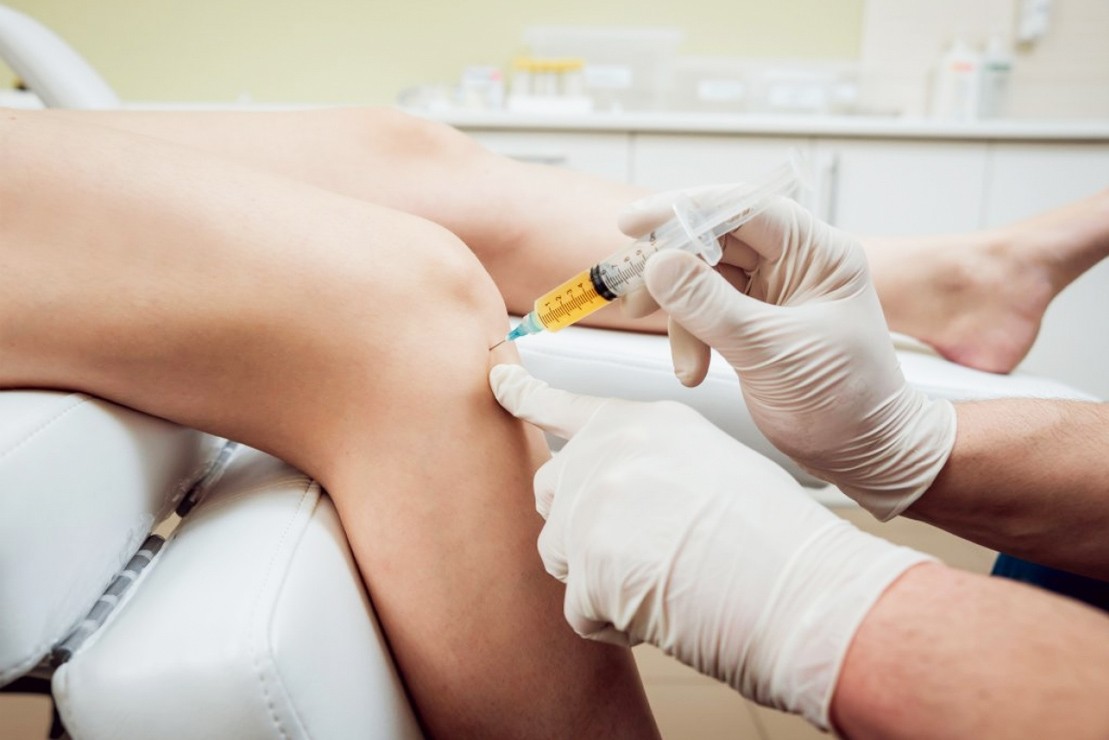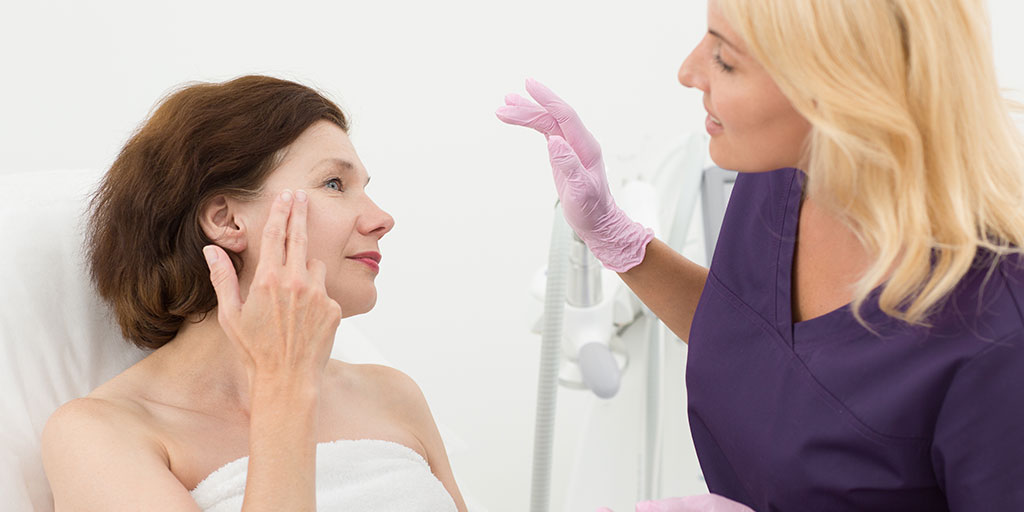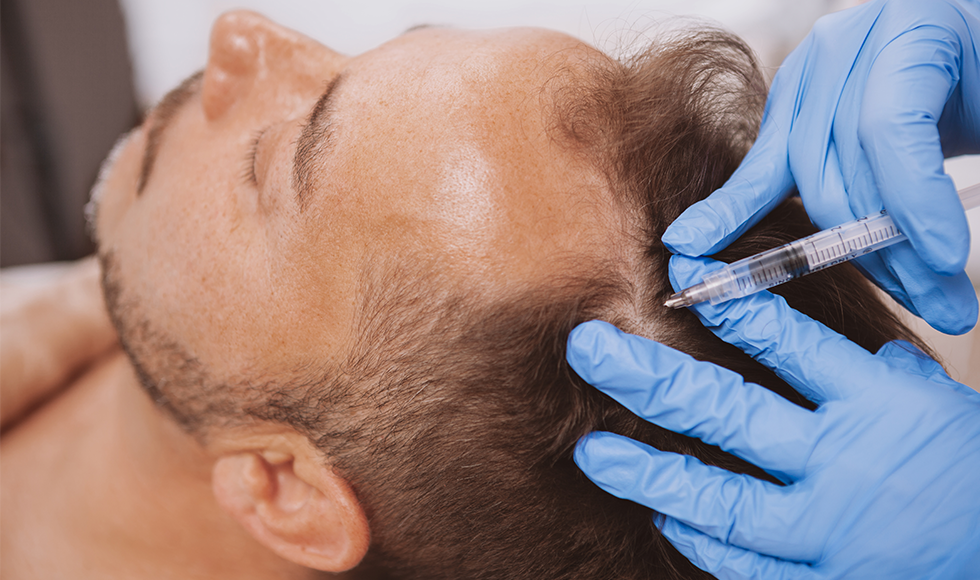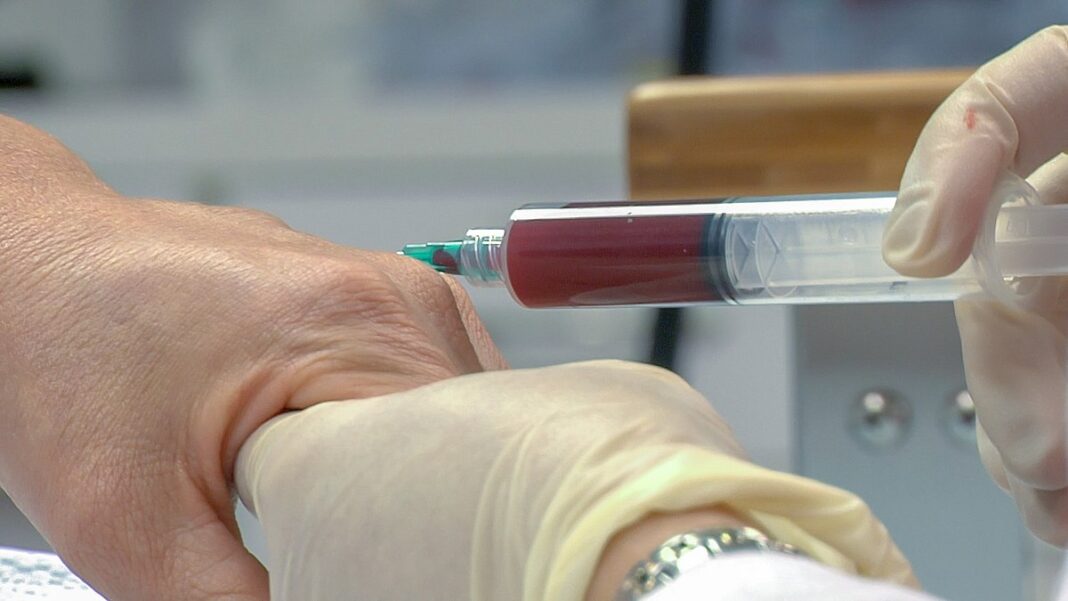The field of medicine has evolved to provide treatment solutions to previously untreatable medical conditions. One of the milestones achieved is through the development of stem cell therapy. To understand stem cell therapy, you need to understand what stem cells are – these are raw materials from the body from which all other specialized functions are generated. These cells can be modified and used as a non-invasive treatment to repair or replace damaged cells in the body. One of the most popular stem cell therapies is Platelet Rich Plasma Injections.
Platelet Rich Plasma Injections

A lot of research and studies have revealed that the body can heal itself under the right conditions. PRP injections are a form of regenerative treatment that leverages the body’s ability to heal itself to accelerate the natural growth factors your body uses to heal damaged tissues. This therapy uses injections of a concentration of the patient’s platelets to hasten the healing of ligaments, joints, muscles, and tendons. In simple terms, PRP injections use an individual’s healing system to improve their musculoskeletal issues.
To prepare these injections, the doctor draws a few tunes of blood from the patient and runs it through a centrifuge to concentrate the platelets. This motion activates the platelets before they are injected directly into the damaged or injured tissue. Introducing a rich concentration of platelets stimulates the release of growth factors that increase the number of reparative cells generated in the affected area. In some cases, the doctor needs ultrasound imaging to guide the injection.
Regardless of the promising nature of PRP injections, this treatment option is yet to be approved for other treatments. It’s currently FDA-approved for bone graft treatments. However, some doctors are using PRP therapy, like Integrated Orthopedics, to promote muscle healing, encourage hair growth and treat symptoms of arthritis.
How Does it Work?
Platelets play an important role in healing wounds. These blood cells are able to support cell growth and help form clots to stop bleeding. A PRP injection is straightforward; it starts with the doctor drawing your blood and running it through a centrifuge at high speed to separate the components. Once the blood is separated, the doctor extracts the plasma and prepares it for injection. Studies show that injecting a high concentration of platelets into the damaged area promotes new tissue growth while promoting overall cellular healing.
PRP injections can be administered in different ways. For example, the doctor can apply an anesthetic solution to the damaged area before injection. This means you may have to arrive early to prepare adequately for your treatment session. In some cases, the doctor may mix the PRP with a local anesthetic to lower discomfort.
What Are The Uses of PRP Injections?

The use of PRP injection is still under debate, with various medical professionals raising concerns over its application in other medical areas. However, some studies have shown that PRP therapy has application in the following areas:
1. Tendon injuries- tendons, unlike other parts of the body, take longer to heal after an injury. Medical professionals have often used this treatment to heal chronic tendon issues such as Achilles tendonitis, tennis elbow, and jumper’s knee. This treatment has proven effective when dealing with athletes’ injured or damaged tendons.
2. Postsurgical repair- this treatment can be used after surgery to repair damaged tissues or repair tendons such as the rotator cuff tendon in the shoulder or ligament.
3. Acute Injuries- as stated before, this therapy effectively deals with acute sports injuries such as knee sprains and pulled hamstring muscles.
4. Hair loss- studies indicate that PRP injections can be sued on the scalp to prevent hair loss and promote hair growth. More studies have also shown that this therapy can be used to treat androgenic alopecia, which is referred to as male pattern baldness.
5. Osteoarthritis- arthritis patients are among the major beneficiaries of PRP injections. Doctors recommend knee injections to people with osteoarthritis. A recent study showed that this therapy was more effective compared to the traditional hyaluronic acid injections. Despite the success in the sample group, more studies need to be conducted for conclusive results.
Despite numerous applications of PRP injections, it’s best to note that none of the uses above have been definitively proven, while some have pending FDA approvals. More research needs to be conducted to ascertain their effectiveness and application.
Benefits of Platelets Rich Plasma Injections

PRP injections are among the most popular stem cell therapy treatments used to treat a host of tissue-related problems in the body. Below are some of the benefits of PRP therapy.
Provides Total Rejuvenation
This treatment method can be used in the cosmetic industry to slow down the aging process. The medical professional injects the platelets into the skin to stimulate the production of collagen and elastin, which in turn thickens and tightens the skin. This way, you can achieve a smooth and younger look by eradicating wrinkles and fine lines. Increased collagen production also helps improve your tone and complexion to give you a healthy skin texture. Doctors can recommend this treatment to patients with acne or rosacea.
Effectively Heals and Reduces Inflammation
The time taken to heal a muscle, tendon, ligament, or tissue in the body that is damaged or injured depends on the severity of the injury. The healing process can take anything from days to years to fully heal. However, with this therapy, you can hasten the process and heal in record time. This treatment can also be used to reduce inflammation or swelling resulting from the injury.
Natural Solution with Minimal Risk
This is one of the greatest selling points of these injections. The entire therapy uses the body’s healing properties to create a serum. Aside from the clotting abilities of platelets, they also have proteins and growth factors that play an important role in the healing process. The fact that the doctor uses your own blood for treatment lowers the risk of an allergic reaction.
Ease Pain and Improve Mobility
Joint pain is common among the active population and is caused by numerous factors, including overuse, injury, general wear and tear, or even arthritis due to age. However, with this therapy, doctors can reduce joint inflammation and pain and improve mobility in their patients. These injections can be recommended to ease joint pains in the hips, shoulders, and knees.
Short Recovery Time
The most common side effects of this treatment are swelling and slight discomfort. However, most patients only need a day or two after their therapy session to resume their daily routines. The doctor often provides guidelines to lower post-therapy discomfort and encourage the healing process after the session. Patients may need to wait for a week or more before they can start seeing an improvement in their mobility and a reduction in pain. For the full effects of the treatment to show, they may have to wait for up to six months.
Potential Side-Effects of PRP Injections

Like any other medical procedure, patients need to be prepared for any side effects of the therapy. Here are the common side-effects of PRP injections:
Pain in the injured area- some patients have complained about pain or soreness in the injection area. This pain can be felt in the muscle or bone.
Infection- most doctors observe a lot of caution when administering these injections. However, this doesn’t rule out the chances of an infection in the injured area.
Allergic reaction- this therapy has very minimal risks. However, in some cases, the body can reject its own serum, resulting in an adverse allergic reaction.






